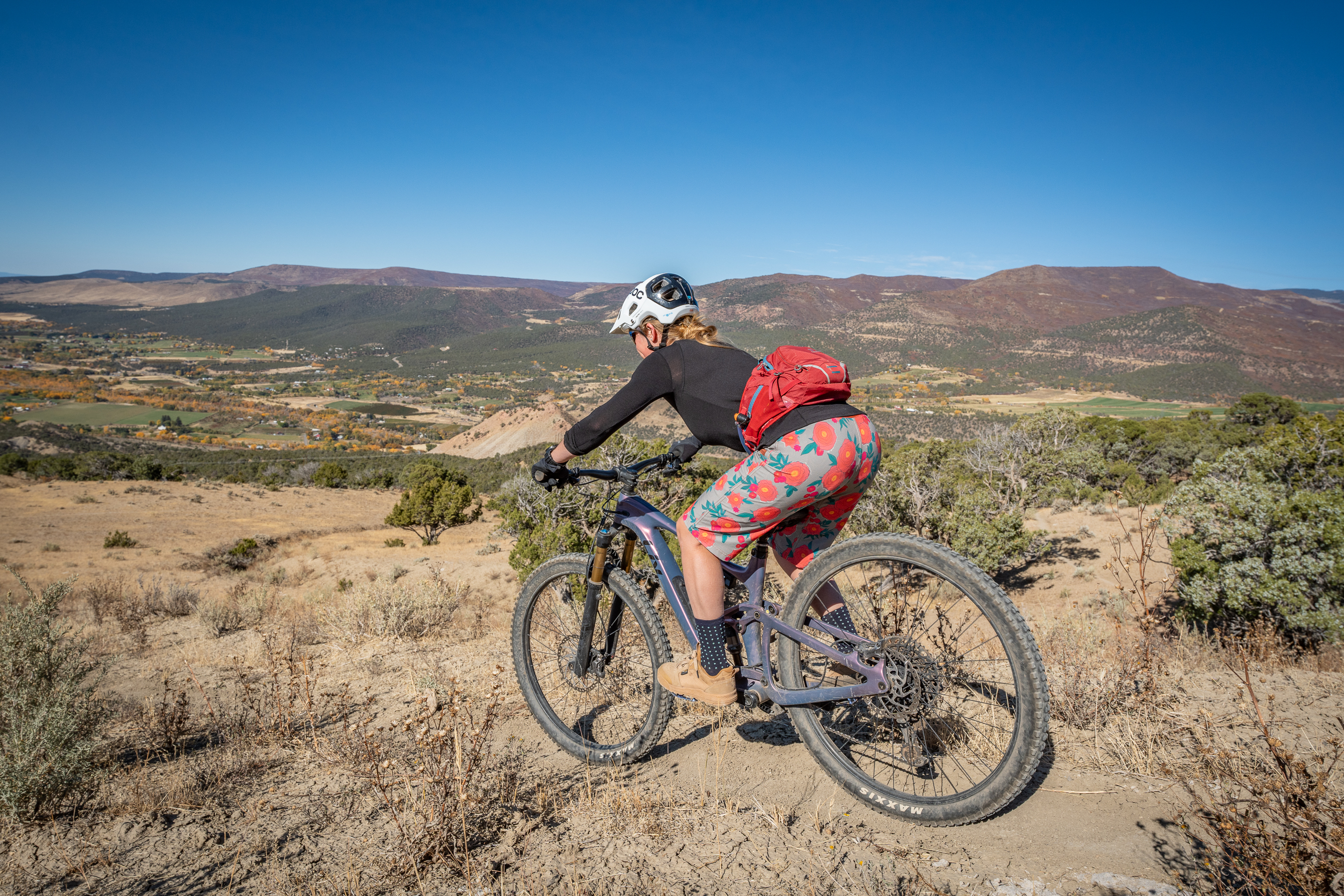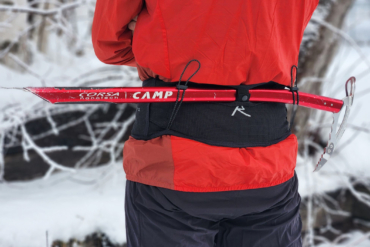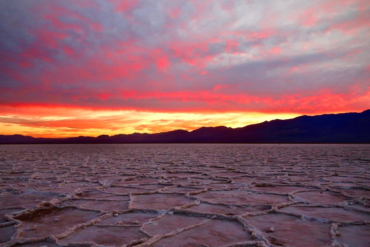We chatted with GearJunkie contributor and adventure racing athlete Chelsey Magness to discuss her recent victory at the WEMBO World Championships in Italy.
The World Endurance Mountain Bike Organization (WEMBO) is a group of mountain bike clubs and organizers with one goal — stage gnarly 24-hour mountain bike races across the globe. GearJunkie writer Chelsey Magness was already an accomplished adventure athlete and expedition racer when she stumbled into (and won!) her first WEMBO event. From there, it was a straight shot to the World Championships, where she lapped last year’s champion on her way to a victory.

We sat down with Chelsey to talk about the World Championships, training techniques, mental toughness, and more.
Q&A With Chelsey Magness
GearJunkie (GJ): What attracted you to the 24-hour racing format?
Chelsey Magness (CM): What attracted to me this style of racing, honestly, was that I needed something to do one weekend last July. A friend of mine bailed on a bikepacking trip we were going to do, and I was bummed. I saw that in Bend, where I live, there was a 24-hour race I always wanted to do, but [I was always] either [competing in other races] or out of town.
So I tried it. I ended up winning it and breaking the record. It happened to be National Championships, and Russell Baker (a founder of WEMBO) got me on the phone and invited me to come to Worlds. When I heard it was in Italy, I could not turn it down!
Also, my background is in adventure racing, and more specifically, expedition racing, where I am racing with my team for 3-10 days. So a 24-hour mountain bike race did not seem like that far of a stretch for me.
GJ: You often incorporate your experience as a parent into your writing for GearJunkie. As a new parent myself, I’m particularly curious about your training! Do you have any tips for other adventure athletes who have found themselves struggling to make time for training?
CM: Yes, I am a parent. I have a 2-year-old and a 5-year-old. Life is busy and very fun! Ever since becoming a parent, my training has become very focused. I do a lot of heart rate elasticity training where I am either training in zone 2 HR or zone 4/5 HR. I train for only 6 to 8 hours a week, but it is highly focused and always geared toward my next event.
Fitness, training, and getting outside have been a daily habit for me ever since I can remember. My advice to anyone struggling is to get a coach who understands your goals, your lifestyle, and your struggles. Having someone hold you accountable is huge in making progress and keeping to a program!
I also advise everyone to just “start.” For example, make it a goal for a week to walk or run a mile first thing in the morning. For sure, by week 2 or 3, your body and mind will start to look forward to it! Once this happens, add more miles and/or time to it! The hardest part is starting.
For struggles with timing, I suggest having a buddy at first or telling your partner what your goal is so your “team” can help you stay accountable and even get you out the door.
GJ: Let’s talk about the race itself. What were your initial thoughts about the course? Were you thinking, “I got this!” or “Oh shit,” or somewhere between?
CM: After the first couple of laps, I started to break up the course into different sections. I believe it helped me mentally get through the hard sections of the course. The first part was pretty tight and had some sneaky climbs; the middle part had a lot of awesome flowy downhill sections that ended with a steep technical climb that then had an amazing swooping descent. So overall, I knew I totally could ride the whole thing; I just knew that by lap 15/16, the last climb would start to get hard!
The temperature at the start was really hot. It was around 100 degrees with 60% humidity. So for the first couple of hours, I was just thinking about riding that edge of going fast without blowing up.
GJ: How much of a 24-hour race is physical, and how much is mental?
CM: I am still quite new to 24-hour mountain bike racing; this was only my third one. However, I think that the first 12 to 16 hours are 90% physical and 10% mental, while the last 8 hours are more like 80% physical and 20% mental.

GJ: What are your strategies for training for the mental side of these types of events?
CM: I do a lot of meditation and breathwork. I believe that through these practices and my experiences in adventure racing, I have learned that nothing lasts forever, things are always changing and shifting, and that you are not your thoughts … so don’t get attached to them.
For example, I may be hurting or want to quit for a period of time, but then I’ll turn a corner and see a beautiful sunrise or think of something funny, and I will be all right again!
GJ: Was there a moment in this race when you knew you had the win locked in?
CM: I knew I was in a really good position when my husband/coach/ support started to have me rest for a few extra moments in the pit. I believe this happened at around 12 hours in. I knew that once he let me stay in the pit to chew my food, as long as I kept up that same steady pace, I had a really good chance of staying in the lead!
GJ: What about a specific low point? Do you have any advice for powering through low moments in an event like this?
CM: My low point came at around 7 or 8 in the morning. I was 20 hours in with 4 more hours to go, and I was feeling thrashed. My advice for powering through these low points is to expect them to come and have a plan for when they do come.
For me, I start to think about all the positives. For example, I start saying out loud to myself, “I get to be here,” or “I chose to be here,” and, “Wow, how cool is it that I am here in this beautiful place doing exactly what I love!”
GJ: Not only did you win this event, but you also lapped last year’s champion. How did that feel?
CM: Yes! I am not going to lie; it felt great. My goal from the very beginning was to race my own race, listen and trust in my coach, and play off my strengths. I am glad it all paid off!

GJ: You tested some gear for GearJunkie. What did you test, and can you give us any initial thoughts?
CM: Yes, in this race, I tested Tubolitos tubes, Corvus Sweet 16 carbon [handle]bars, the Specialized Zee Cage II, and Dynaplug [tire repair products]. All worked amazingly, especially since I didn’t have to actually [fix a flat] — but they were light to carry!
I also tested the Smith Bobcat Sunglasses and really liked them. Many riders were switching [glasses] many times throughout the day, but I did not need to. They stayed on my face and kept the dirt out, and the lenses were perfect for that day.
I did, of course, use the ENVE M5 wheels (which I have written about before), and my bike — the Ellsworth Truth. It’s not even out yet, so I am testing that as well and it is absolutely amazing. So nimble and fun for climbing and descends beautifully!
GJ: Any final thoughts?
CM: I also wanted to say something on nutrition: For 24-hour racing and any endurance event, fueling yourself properly is huge. Many athletes do not eat enough. I recommend going out and training with what you will race with and practicing eating while running/biking/paddling. It gets your body used to being on the move and eating.
My favorite food items for long endurance efforts are Four Hour Fuel by Bend Racing (yes, that is me) and Spring Energy.
This interview has been lightly edited for clarity.










